Descrição do Produto: Sensor de Oxigênio BOSCH 13354 Premium OE Fitment
O Sensor de Oxigênio BOSCH 13354 é a escolha ideal para proprietários de veículos Lexus e Toyota que buscam qualidade e desempenho superiores. Com uma história que remonta à invenção do sensor de oxigênio na década de 1960, a Bosch combina tecnologia inovadora e experiência de fabricação para oferecer um produto que garante desempenho duradouro e confiável. Cada sensor é submetido a testes rigorosos, assegurando que atenda aos padrões exigentes de qualidade e performance da Bosch.
A estrutura do sensor é feita de um corpo de aço inoxidável, que é soldado a laser em dupla, garantindo que seja totalmente submersível e hermeticamente selado. Isso protege o sensor contra danos causados por emissões de escape, prolongando sua vida útil. O aquecedor de ação rápida otimiza a operação do sensor, permitindo que ele atinja a temperatura de funcionamento em questão de segundos, o que é crucial para um desempenho ideal.
Além disso, o Sensor de Oxigênio BOSCH 13354 vem pronto para instalação, com conectores e chicotes de encaixe direto OE, além de roscas pré-revestidas com composto antiaderente, facilitando a instalação e eliminando complicações. É importante verificar os detalhes específicos de compatibilidade do sensor, incluindo a posição do sensor, para garantir um ajuste perfeito.
Instruções de Uso:
Para instalar o Sensor de Oxigênio BOSCH 13354, comece desconectando a bateria do veículo para evitar qualquer curto-circuito. Localize o sensor de oxigênio antigo e remova-o cuidadosamente. Utilize uma chave de soquete apropriada para soltar o sensor. Antes de instalar o novo sensor, verifique se as roscas estão limpas e aplique uma pequena quantidade de composto antiaderente nas roscas do novo sensor. Enrosque o sensor no local, apertando-o com firmeza, mas sem excessos. Reconecte a bateria e ligue o veículo para verificar se o sensor está funcionando corretamente.
Características do Produto:
– Tecnologia Inovadora: Benefícios da experiência de décadas na fabricação de sensores de oxigênio.
– Teste de Fábrica: Cada sensor passa por um teste de qualidade 100% funcional.
– Corpo em Aço Inoxidável: Estrutura resistente e selada contra emissões de escape.
– Aquecedor de Ação Rápida: Permite que o sensor atinja a temperatura de operação rapidamente.
– Pronto para Instalação: Conectores OE e roscas pré-revestidas para instalação fácil.
Perguntas Frequentes (FAQ):
Pergunta: O Sensor de Oxigênio BOSCH 13354 é compatível com meu veículo?
Resposta: Verifique os detalhes de compatibilidade específicos, incluindo a posição do sensor, utilizando o verificador de ajuste disponível.
Pergunta: Como posso garantir que a instalação do sensor seja feita corretamente?
Resposta: Siga as instruções de uso fornecidas, assegurando que as roscas estejam limpas e utilizando composto antiaderente.
Pergunta: O que devo fazer se o sensor não funcionar após a instalação?
Resposta: Verifique as conexões elétricas e a instalação. Se o problema persistir, consulte um mecânico qualificado.
Pergunta: Qual é a vida útil esperada do Sensor de Oxigênio BOSCH 13354?
Resposta: A vida útil pode variar dependendo das condições de uso do veículo, mas a construção robusta do sensor garante um desempenho duradouro.
Pergunta: Posso instalar o sensor eu mesmo ou preciso de um profissional?
Resposta: A instalação é projetada para ser simples e pode ser feita por um entusiasta do DIY, mas se você não se sentir confortável, é recomendável procurar um profissional.
 Frete Grátis em todos os produtos
Frete Grátis em todos os produtos


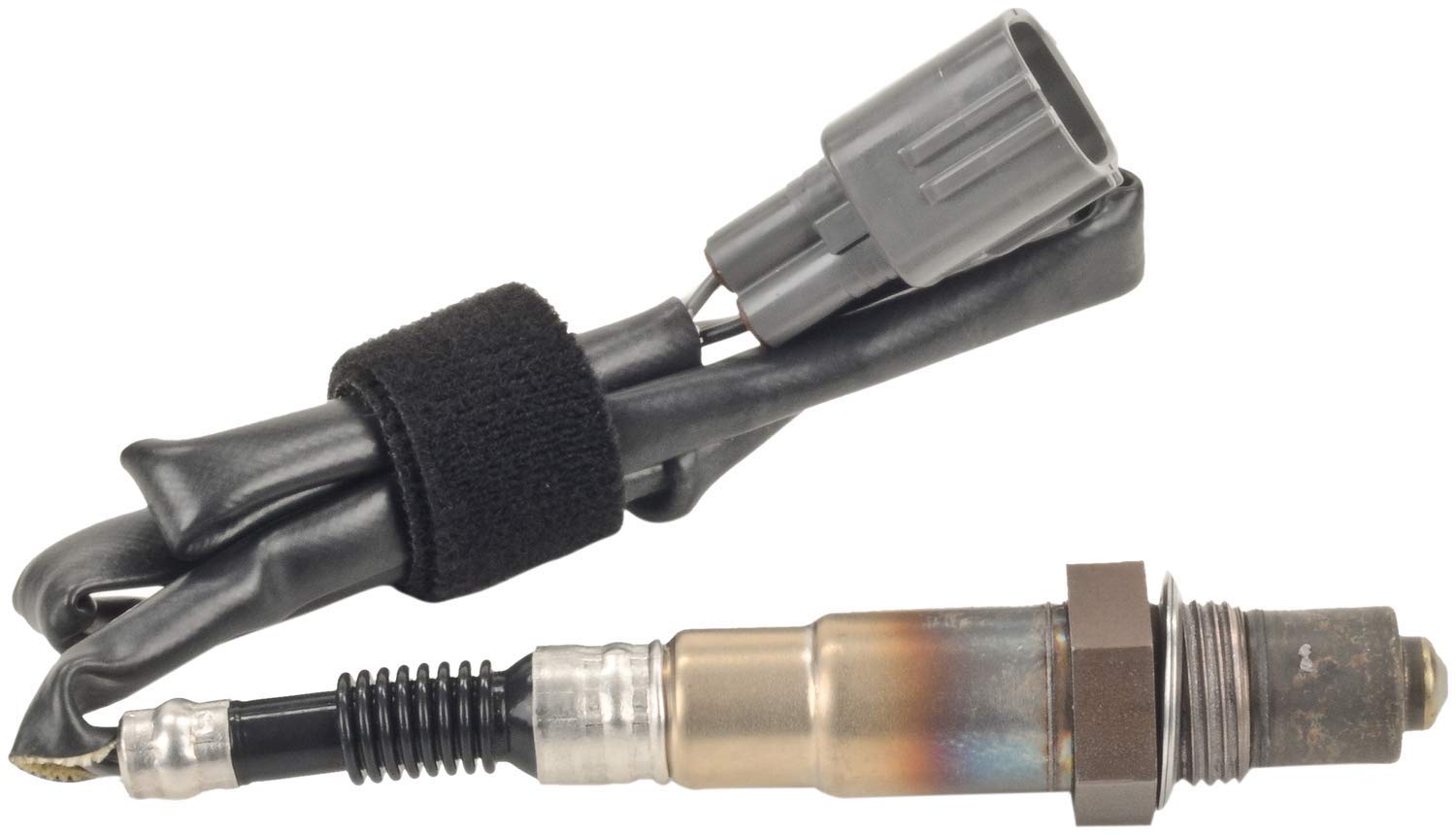
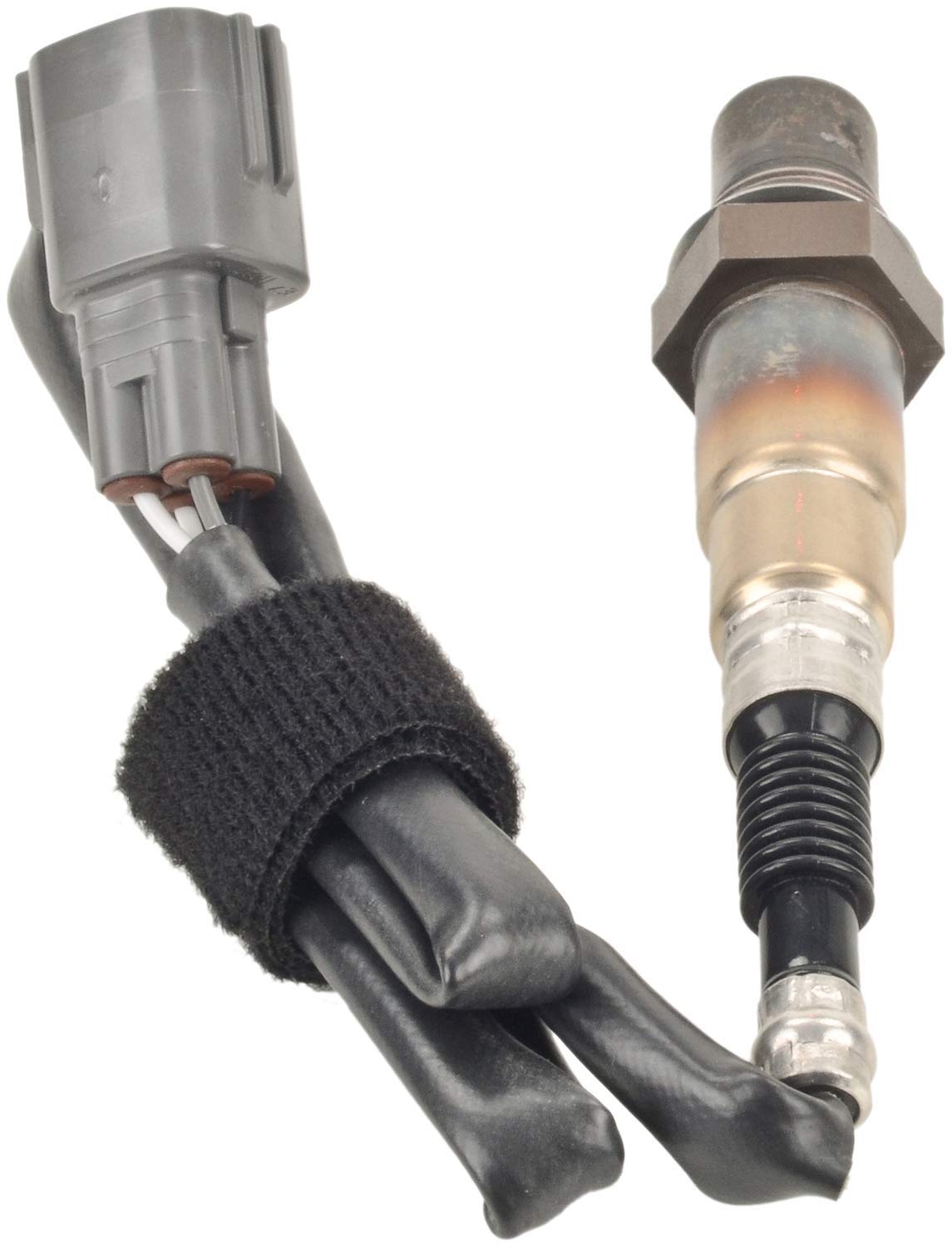

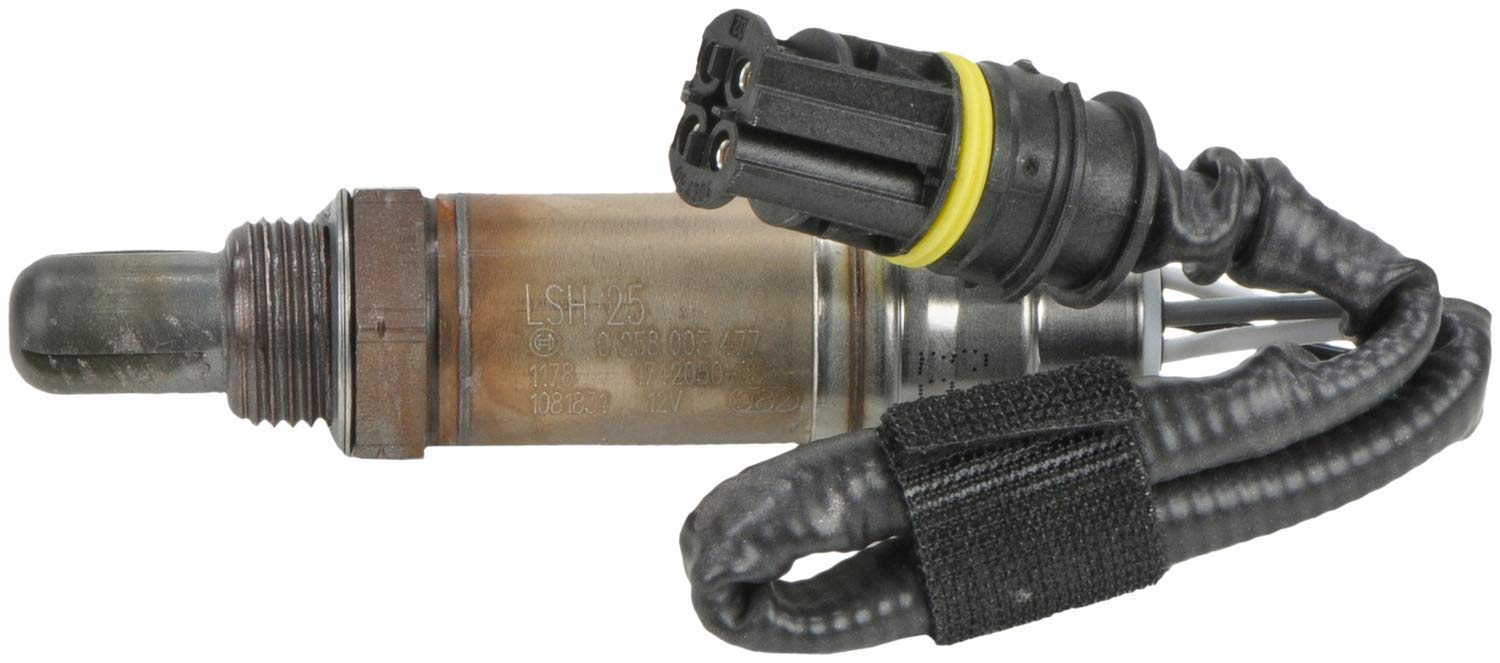
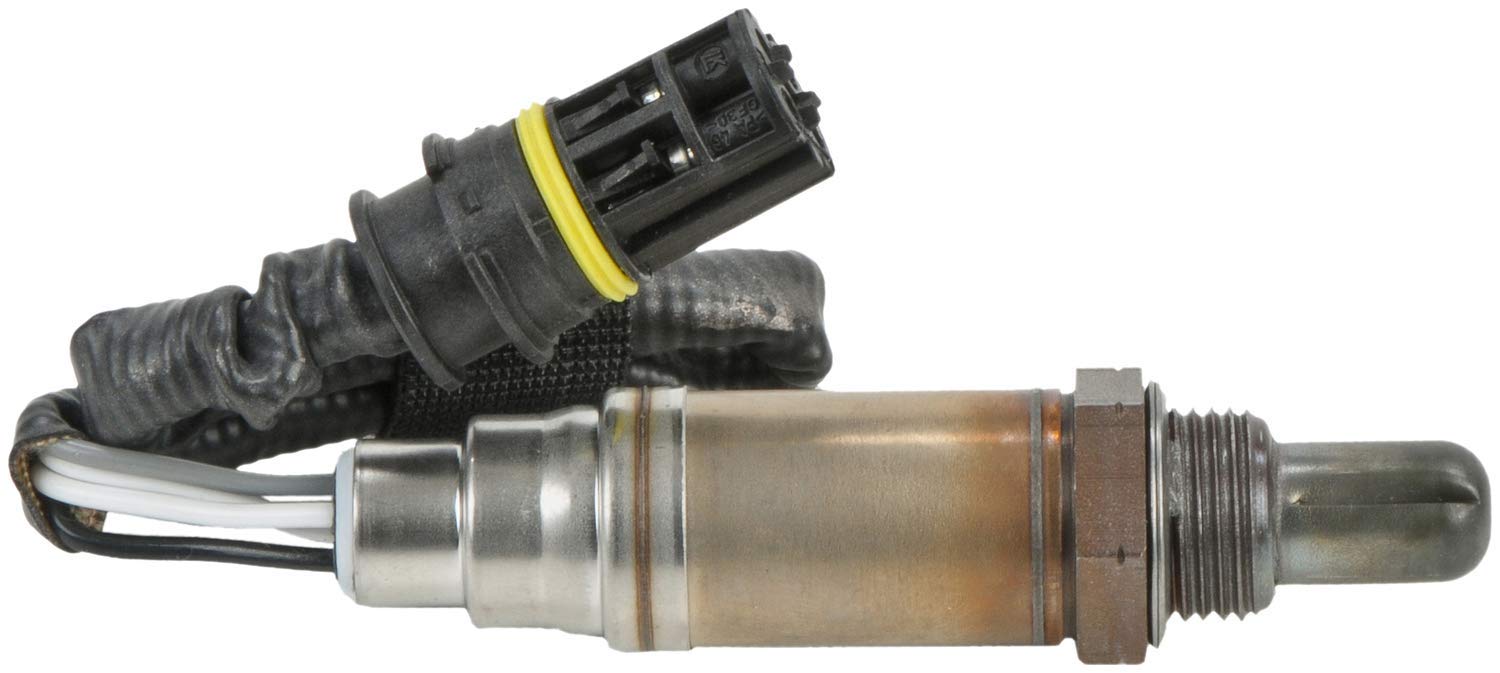
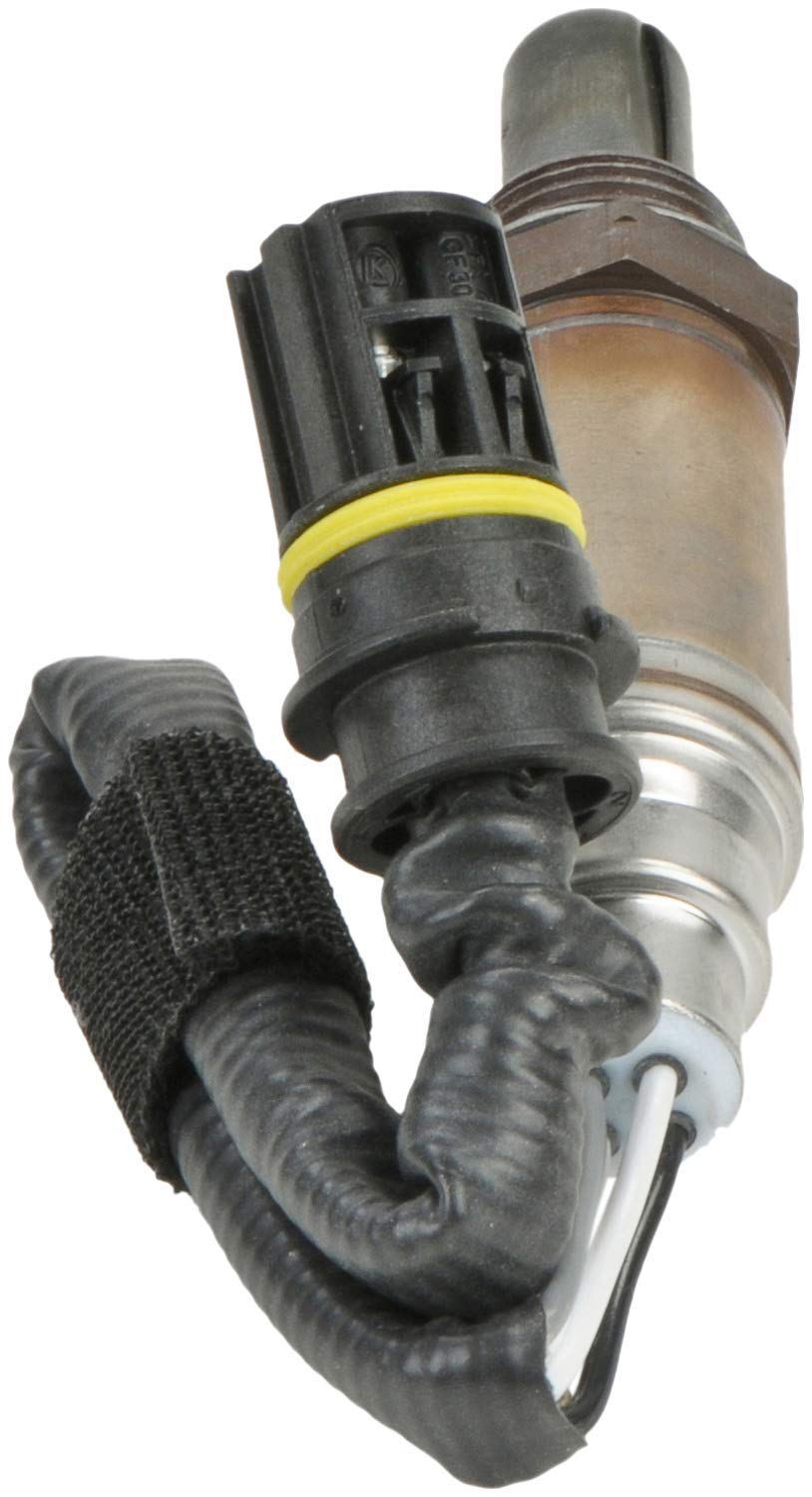

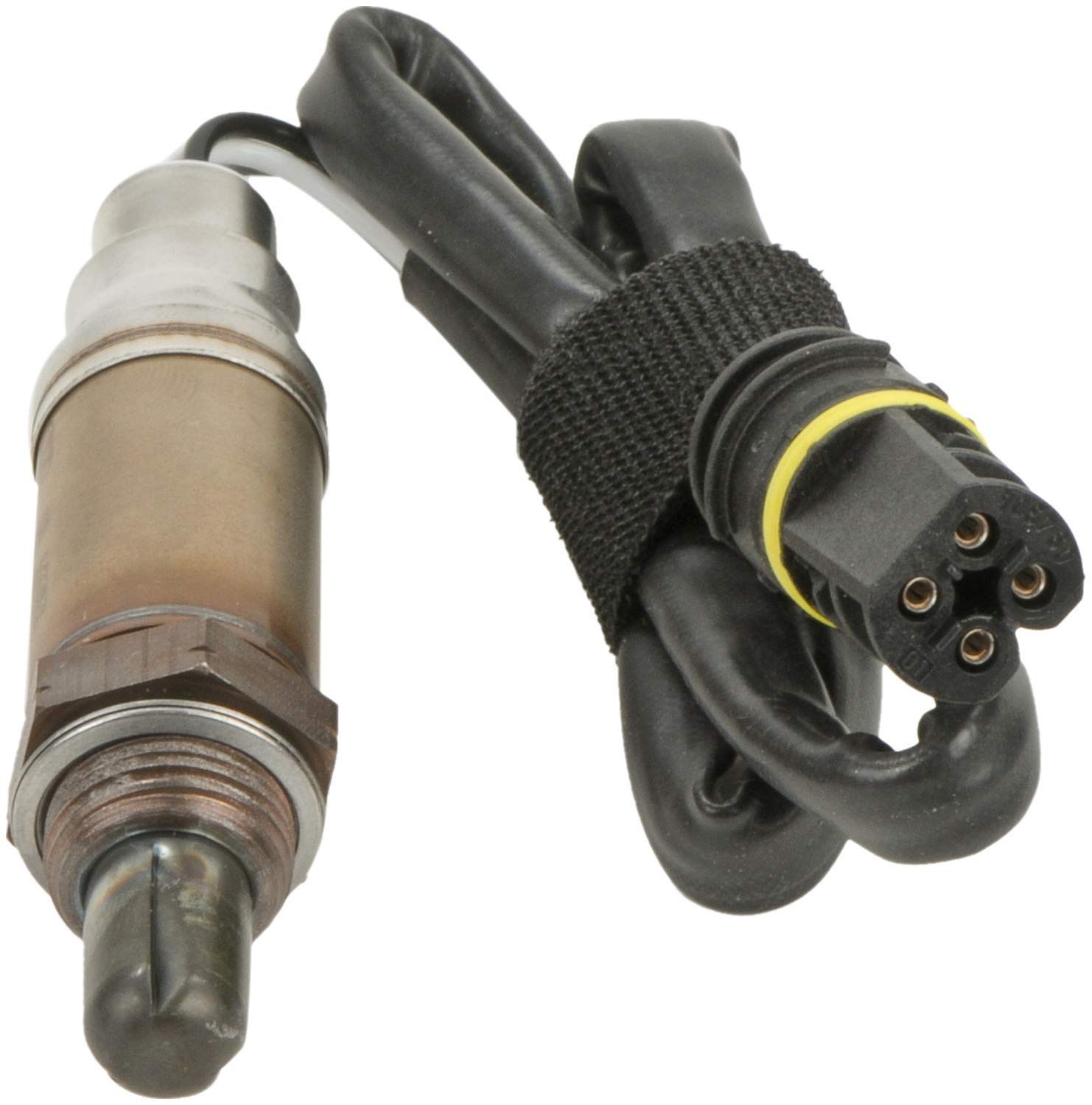








David L. –
Sensor lasted 4 years almost to the day and 40K miles.
Cricket –
Recently the dreaded “check engine” light came on in my sons 1998 Ford Contour. He took it to a local auto parts store that offers free use of their diagnostic equipment and the result was that the upper oxygen sensor needed to be replaced. Checking with them it was going to cost about around $65-$70 with tax. Being the bargain shopper I am, I asked him for the part number and was pleased to find it here on Amazon for less than $50 at the time of my purchase. With 2-day shipping and we had it before the weekend and replaced it just as quickly. There are some universal fit sensors sold here on Amazon that say they would have worked too, but the price difference wasn’t enough to keep me from buying the OE part. It was a perfect fit and the light is no longer on. Also if you don’t already have a Oxygen Sensor Socket, get one – it’ll save not only time, but headache too. With this being my second purchase of a replacement auto part here on Amazon, I would highly recommend checking them out; sometimes the savings is significant.
Richard Cogliano –
Exactly as described
M. Garcia –
Purchased two Bosch 13354s for replacement of the original O2 sensors (on each of two exhaust manifolds; 3.0-L V6) of my wife’s 2000 Toyota Sienna van.
Only challenge was getting the old part off from firewall side manifold, since work space is tight.
Both Bosch 13354 O2 sensors replaced the originals perfectly and the electrical connectors snapped in for a snug positive fit.
One tip I suggest is that you add liberal amounts ‘Permatex’ “Anti-seize Lubricant” onto the threads of the O2 sensor prior to its application onto the exhaust manifold mounting threads. This will help with removal of the sensor should it need to be replaced in the future (won’t need a mallet!). Just make sure to keep lubricant only on the threads and not anywhere near the sensor itself.
Entire process took no more than 20-minutes per sensor, and at a little more than $60 for each O2 sensor, they were less than half the price quoted to me by all the local auto parts stores.
I replaced all three O2 sensors on my 2000 Toyota Sienna van at the same time (purchased other, Bosch 13353 – for replacement of the O2 sensor mounted just past the catalytic converter).
Purchased all three sensors for under $200 (free shipping and no taxes) and got rid of the dreaded “Check Engine” light, which I needed to pass our annual state inspection.
Friend had an automotive shop replace just one O2 sensor on a Toyota vehicle for about $600.
After hearing that I sure felt good about doing all three myself!!
Layzeeboi –
I don’t see a way to identify the seller, as they are no longer selling this. But the item is obviously salvaged, as indicated by the dark smokey finish, unlike the image in the ad.
Joe Harris –
Looks and functions exactly like the original that needed to be replaced on my ’17 Tundra. Took 6 minutes to swap out, and this O2 sensor even came with anti-seize already on the threads
RacerX –
Replaces factory O2-sensor #1 just fine at much less than dealer replacement-part. You’ll just need to cut off the factory wiring from the original sensor and crimp this one on (crimp supplied in kit).
NOTE: DO NOT SOLDER this sensor onto the original factory wires. The sensor needs air-space along the entire wire-length to access outside air for reference in comparison to exhaust. Solder will block the air-flow to sensor and the sensor will output erroneous data. Only use crimps to re-connect to factory wiring.
Joseph J. Betz –
In another few miles, I’ll be able to tell whether the sensor itself is any good. I won’t know until the cataylst sensor resets in the ECU. I assume it will be just as the OEM sensor would be, since it’s the same thing, only without the custom connector at the end.
If you look at the OEM sensor for your car and this sensor, the only question you should ask yourself is “how much additional fiddling around am I willing to do in order to save $xx.xx?
If you don’t have a really decent wire stripper that will cleanly strip 22 gauge wire, I’d just go buy the OEM fit. The kit that comes with this sensor is ingenious in its ability to attach the wires from your old harness to the new sensor without a crimper, and should provide a weather-tight seal. But frankly, it’d be a lot easier to just use crimp fittings, and leave yourself enough slack in the wires to re-do it in a year when the weather starts eating away at your crimp connections.
(I’m not suggesting you do that – I’m merely saying that the weather-tight connector is a pain in the behind to actually use.)
Also of note, although I have plenty of good tools, among my half-dozen wire cutters, there was none that would cleanly cut the wires in my old oxygen sensor, which are 22 gauge stranded wire that must be made of stainless steel, because I ended up slashing through it with my pocketknife after all cutters had failed. Gotta sharpen my pocketknife now.
All in all, a good purchase. But if I was in a hurry, or was going to try to attach the wiring harness in the field instead of at my dining room table, I’d just suck it up and buy the OEM.